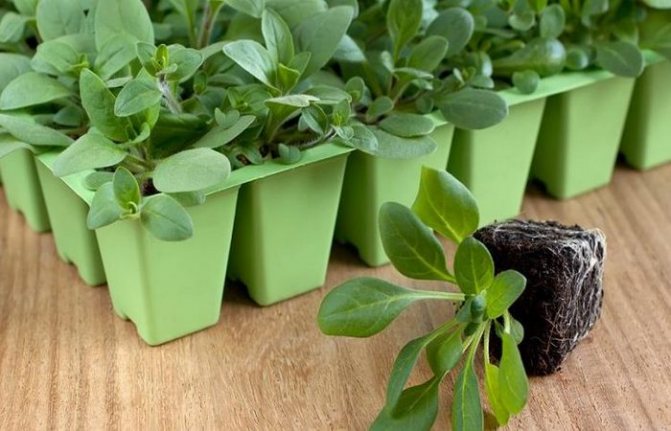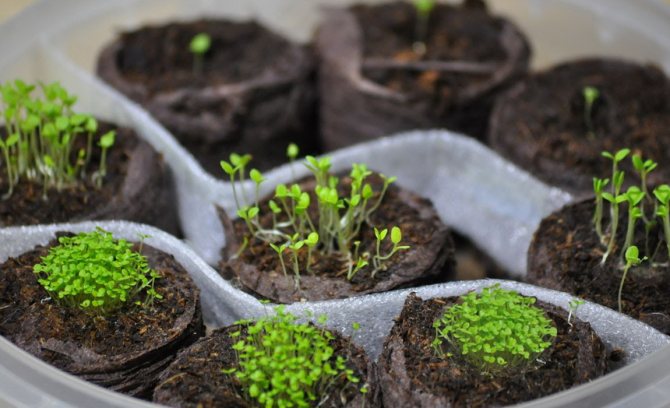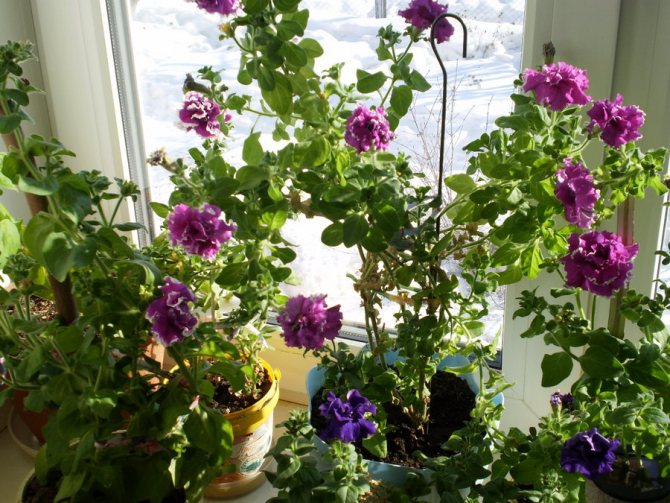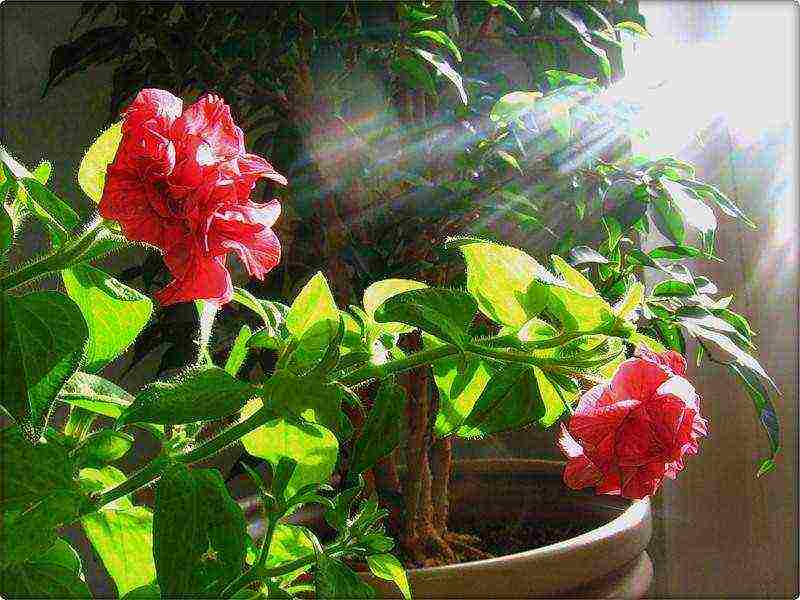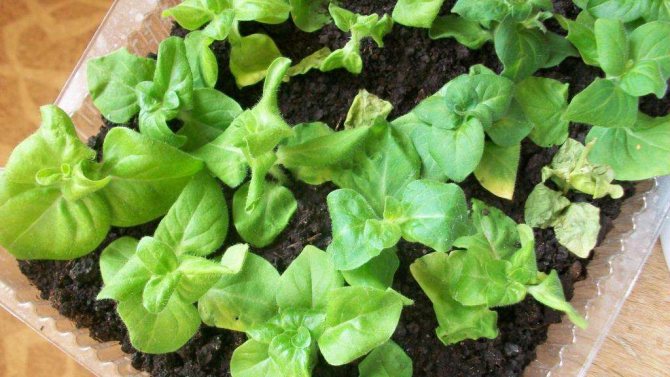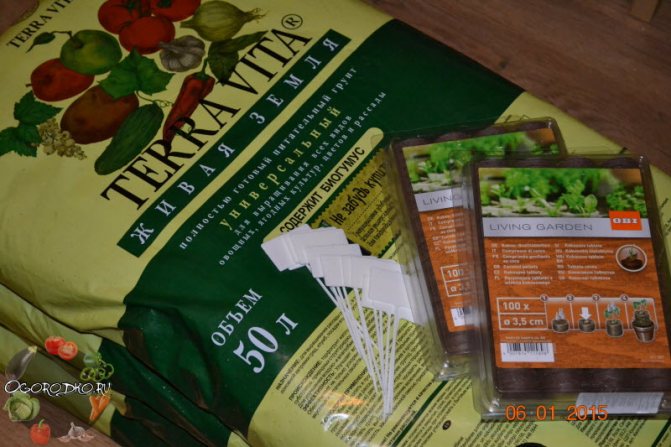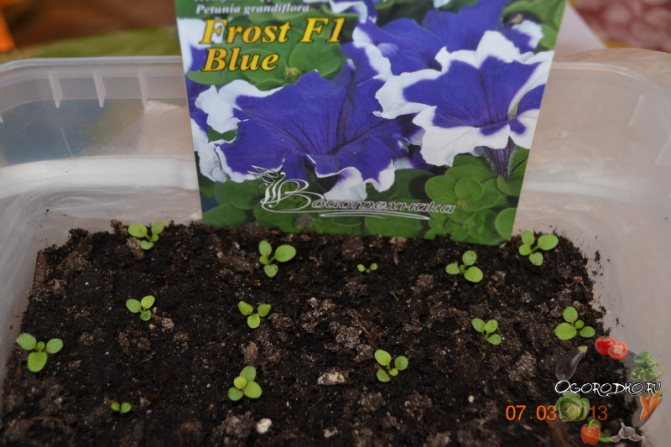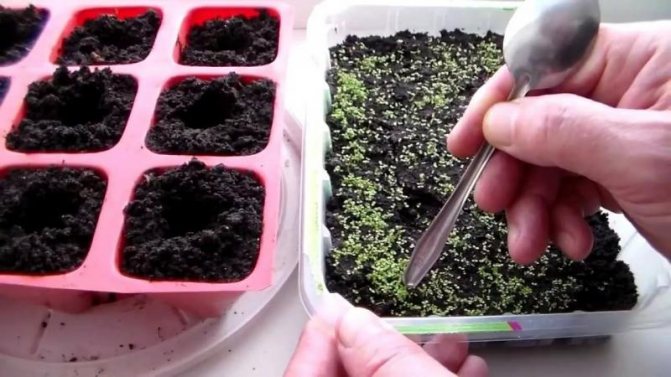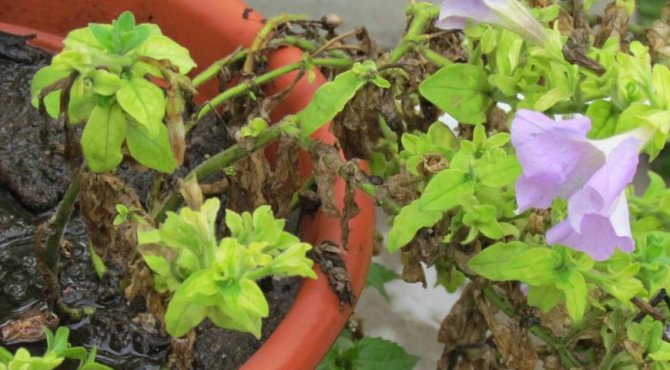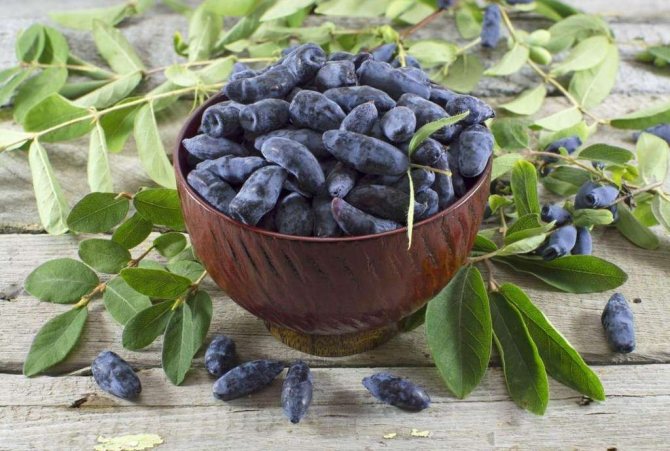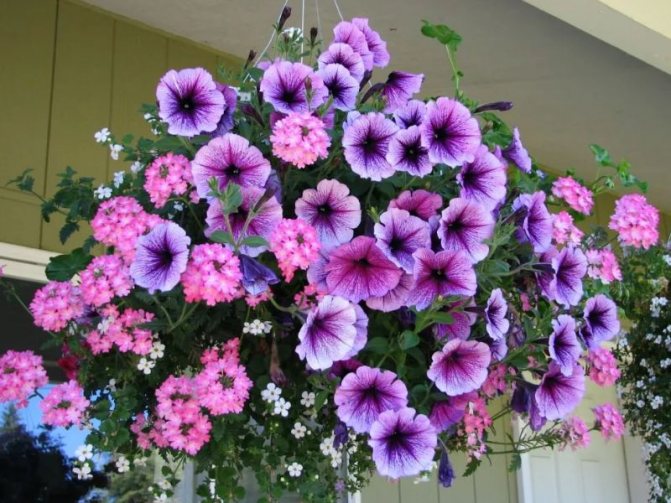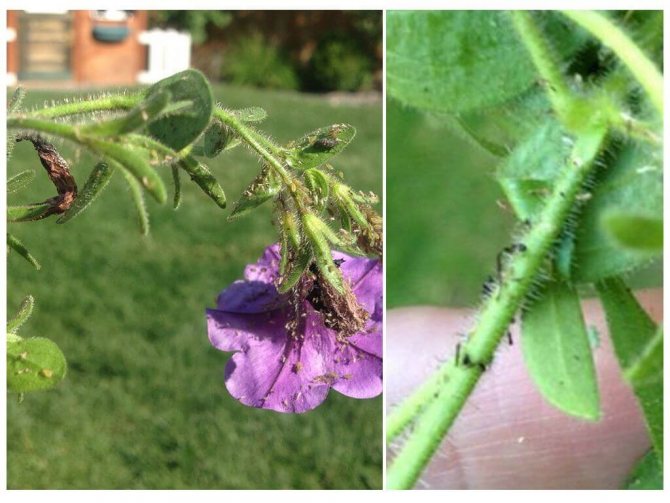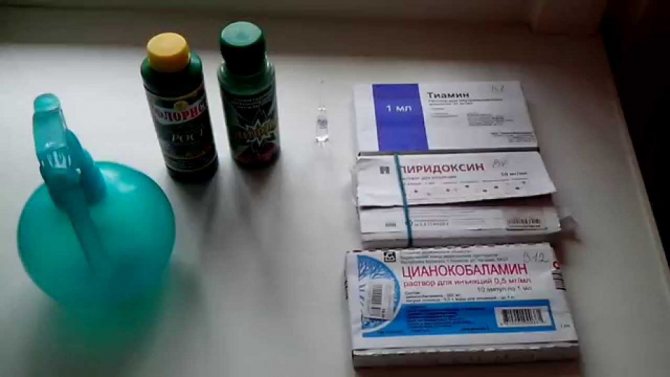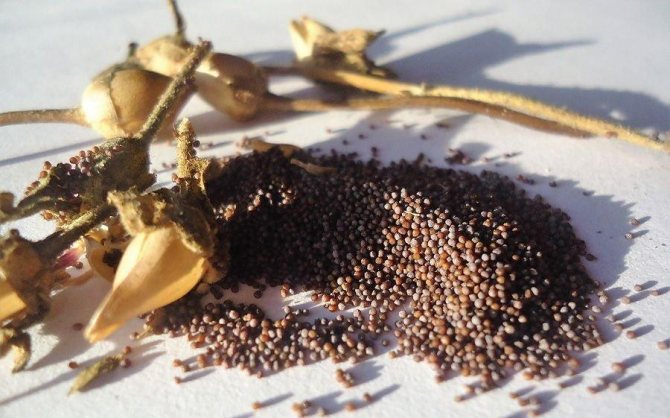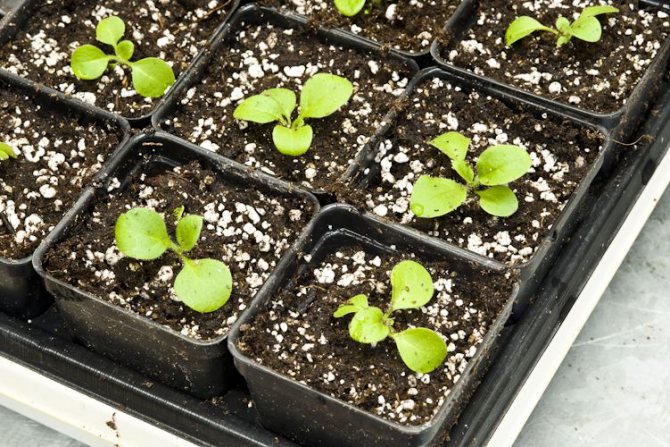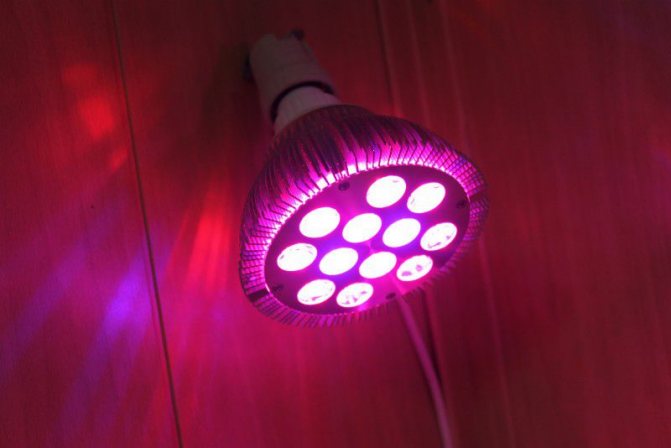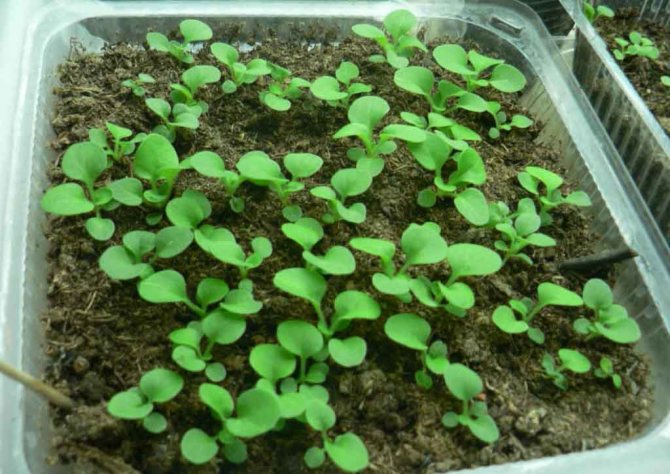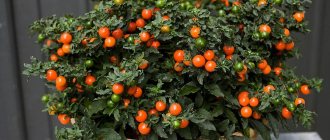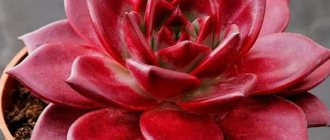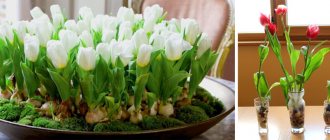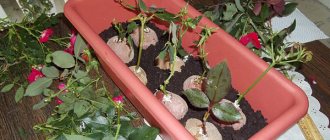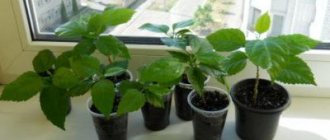Varieties of petunia, their features
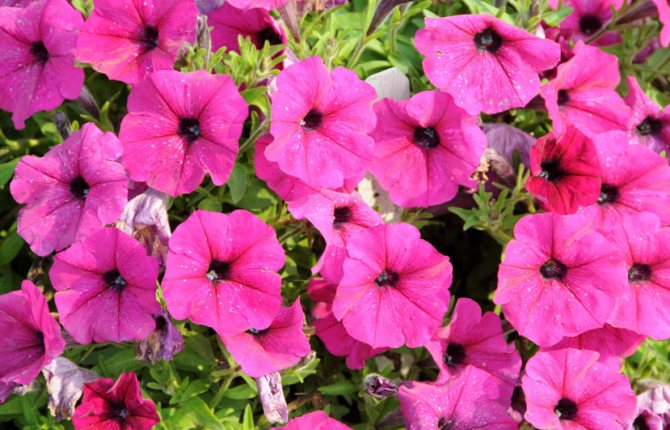
Dense and branched petunia with bright funnel-shaped flowers and fresh lush greenery has become a real favorite of flower growers and housewives. She really enlivens the landscape and looks great at home, on the windowsill. A variety of colors and a long flowering period made her the queen of various flower arrangements and a welcome guest in any apartment. However, not every lover of this flower knows how to grow petunias correctly so that they do not cause trouble and carry only positive emotions. In this article, you will find information on how to grow healthy petunia on your own and take proper care of it so that it can show its beauty until the very cold.
First of all, a few words should be said about the varieties of this garden flower. Since they differ in appearance and developmental characteristics. Having set out to learn thoroughly how to grow petunia, you first need to decide which of the varieties you are going to grow. In fact, petunias are striking in a variety of varieties and incredible hybrids. They showcase a wide range of colors and interesting color combinations. Their delicate gramophone can have a wide variety of colors - white, purple, purple, salmon, burgundy, pink, with lilac and crimson tints, with purple and burgundy veins and many others - all the options and possibilities are hard to imagine.
But in fact, petunias are divided only into two large varieties:
- Multiflora - when the bush is covered with a continuous blanket of small flowers up to 5 cm in diameter. This group of petunias is very unpretentious and not capricious at all. It is very hardy and does not require particularly fertile soil. She is not afraid of rain and wind, she is not afraid of the sun. How to grow petunias of this series? Such petunia can be safely identified in open soil and not worry about survival.
- Grandiflora is a very numerous group of garden petunias, whose flowers grow in diameter up to 8-10 cm. They are double, fringed or smooth. They do not bloom as intensely and plentifully as multiflora, but at the same time they are more capricious and demanding. This is where it's time to think about how to grow petunias. They require special conditions for good development, they are very thermophilic and poorly perceive the aggressive influence of the external environment - intense rain, sharp gusts of wind, strong heat. It is better to grow such flowers in a calmer and more comfortable home environment - on window sills, in balcony boxes, on closed verandas and terraces.


Ampelous petunias with sprawling long and flexible shoots are considered especially decorative.Although the plants are perennial, they are mostly grown as annual crops. Those who are interested in learning how to grow petunias should know that in multiflora, the appearance of flowers is observed 2.5 months after the first shoots sprout, and for grandiflora this period is 92 days.
When and how to properly plant petunias for seedlings so that they bloom in May
To enjoy flowering in late spring, you need to sow seeds in January. However, do not forget that flowering seedlings need to be transferred to the ground as soon as possible, and in May this is possible only in the south and in some areas of the middle lane.


Plant varieties and species also affect the sowing time. Ampel and cascade varieties are planted 2 weeks earlier. Terry ones develop faster, they are sown in early February, and large and small-flowered ones - from the middle of the month.
Seed selection
For hanging pots, ampelous, cascading varieties and hybrids are chosen, and for a flower garden, flower beds are bush. Petunias Multiflora and Surfinia will delight you with very abundant flowering, and Superbissima and Terry will surprise you with variegated, "curly" and lush inflorescences. When choosing varieties, it is advisable to pay attention to the color scheme, it is good when petunia is in harmony with other plants.
Attention! For the Leningrad, Moscow regions, Siberia and the Urals, varieties are taken that are resistant to unfavorable weather, blooming in the early and middle periods.
When choosing seeds, be sure to check the dates, the germination rate of stale seed material is noticeably reduced, and the seeds that have expired will not germinate at all. They buy seeds only from trusted sellers; it will be useful for beginners to read reviews of other growers about different companies or visit local nurseries. TOP-5 manufacturers with quality products:
- Gavrish.
- Russian vegetable garden.
- Aelita.
- SeDeK.
- Pallas' cat.
To make it easier to work with small seeds, many producers dragee them. In this case, from the moment of sowing until the emergence of sprouts, a high level of humidity is constantly maintained. Otherwise, the shell may not dissolve, the grains will rot or rot. In granules, they usually sell rare, collectible varieties, their price tag is higher than that of the rest.
Preparing the soil and containers for planting
For petunias, wide, not too deep containers are selected: various plastic bowls (with drain holes), boxes, cassettes. Processed (granulated) seeds can be sown in separate cups or tablets. First, the container is disinfected with a saturated pink solution of potassium permanganate, then washed with soda ash and thoroughly rinsed under running water.


For a flower, choose a slightly acidic or neutral, loose, moisture-consuming, nutritious substrate. From the store, a universal mixture is suitable, for example, Stender, but in 5 liters of such soil, add a half-liter can of wood ash, 200 g of coarse sand, according to Art. l. Kemira and potassium sulfate. When self-preparing the substrate, perlite, peat and garden soil are mixed at a rate of 1: 2: 1. The finished mixture is sieved first through a coarse sieve, then through a fine sieve, spilled with a solution of Barrier, Previkur, Glyokladin or Extrasol (according to the instructions).
How to sow
A small layer (up to 1 cm) of expanded clay, broken stone or other small drainage material is laid out on the bottom of the bowl, a substrate is poured on top, so that about 2 cm remains from the soil surface to the edges of the container.
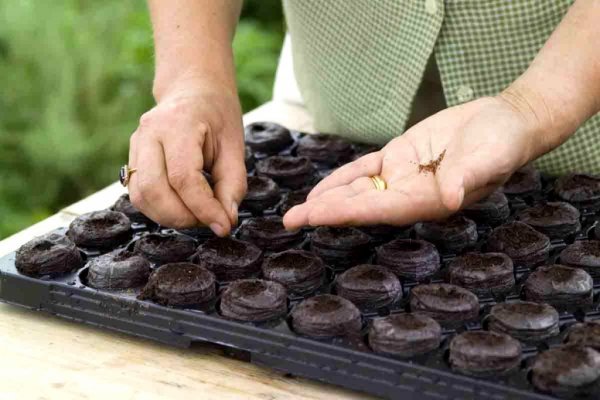

The seeds are mixed with fine-grained sand, evenly distributed over the surface of the moistened soil. Crops are not covered with soil and do not deepen.
On a note! Small grains are easier to lay out on the snow, they are covered with a substrate, they are tamped a little. In this case, the land is no longer watered.
Crops are lightly irrigated with water, covered with glass or polyethylene.The dishes are transferred to a light windowsill, kept at a temperature of 24-25 ° C. After pecking, the crops begin to air a couple of times a day, the shelter is removed, the condensate is removed, left first for 20 minutes, then the time is gradually increased. During the same period, the temperature in the room is gradually reduced, during the day to 20 ° C, and at night - 16–17 ° C. Soil moisture is always maintained at the same level. As soon as the seedlings reach the film, it is removed.
Petunia seedling care before transplanting
In January, February and early March, the seedlings are additionally illuminated. In the first 2-3 weeks of growth, light is needed almost around the clock, in such conditions the bushes develop faster. In the future, petunias require at least 12 hours of light per day.
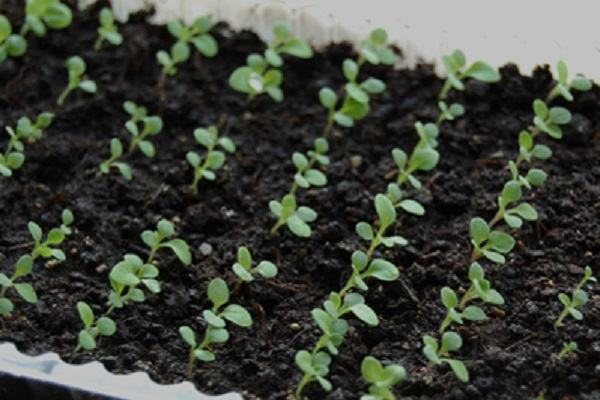

For artificial lighting, special phytolamps and lamps are used. The light source is placed above the seedlings, at a height of 20-25 cm. Peculiarities of seedling care:
- at first, the seedlings build up the root system, the aerial part develops very slowly. During this period, borings can be thinned out, first of all, too weak are removed;
- drying and waterlogging of the substrate is not allowed. Water is used soft, settled, without chlorine and other impurities, at room temperature. Seedlings are watered at the root, without falling on the leaves and without eroding the ground. On a sunny day, the evening hours are allocated for watering, and on a cloudy day, morning hours;
- a week after germination and another 7 days later, petunia is sprayed with a weak solution of Previkur. As soon as the sprouts acquire 3-4 true leaves, the substrate is fed with Crystalon (tsp without a slide for 5 liters of water). After 5-7 days, the plants are sprayed with Uniflor-micro, the mixture is prepared according to the instructions. As the seedlings grow, fertilizers are applied more often - up to 3 times a week, alternate root and foliar feeding, use the same means, Solution, Aquarin and Plantafol are also suitable.
Attention! If the seeds are sown in a nutritious soil, the frequency of dressings is halved or petunias are fertilized only if necessary (dull color of leaves, thin stems, poor development).
Seedlings dive in the developmental phase of 2-3 pairs of true leaves. Cups of 200-250 ml are filled with the previously prepared substrate, a depression is made in the middle, the seedlings, together with a lump of earth, are transferred into a new container. Seedlings are watered, after subsidence of the earth, add the right amount of the mixture. In the first 7 days, the plants are protected from direct sunlight, the temperature is lowered by 3-4 ° C, then raised again, the bushes will become stocky, not elongated.
Fertilize unpicked petunia only after 5-10 days. 2 weeks after the procedure, a root formation stimulator must be introduced into the soil, otherwise the seedlings may slow down in development. When growing seedlings in tablets, a pick is not needed. If the roots began to protrude from the lower and lateral nets, the seedlings are moved into larger containers along with the tablet.
Find out how and how to feed petunias for growth and flowering.
To obtain dense bushes, plants are pinched (remove the tip of the shoot with a rosette), hybrids and varieties with intensive growth over 4 or 5 leaves. New shoots grow from the axils of each leaf. The procedure is repeated 2 or 3 times every 2 weeks. It is useless to pinch the seedlings of ampelous and cascade petunias, breaking off the top practically does not provoke the development of lateral shoots. 2 weeks before planting in a permanent place, the seedlings begin to harden.
Growing seedlings
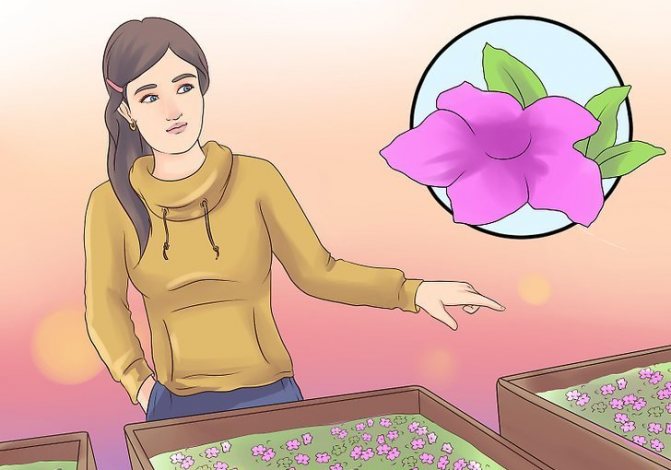

In order for your flower garden to be rich and pleasing with abundant flowers, it is best to grow this culture with seedlings. True, this is quite troublesome and hectic, since at this stage the plant is quite capricious, but it is worth it, and in May you can already enjoy the beautiful view of blooming petunias. But for many flower lovers, the question is very relevant: how to grow petunia seedlings?
If you can provide additional lighting so that daylight hours last more than 12 hours, then you can start sowing seedlings in February. Otherwise, it should start at the end of March. If petunia does not receive enough light, it will grow thin and fragile, unable to fight the environment for its survival, and will also be susceptible to various diseases. But how to grow petunia seedlings at home in order to get strong, healthy and maximally viable seedling bushes? More on this later in the article.
To get quality seedlings, they will have to be grown from seeds. You also need to carefully adhere to the general rules for growing petunias and the recommendations of experienced florists. Since the seeds of the plant are very small and light, how to grow petunia from seeds in order to achieve good germination? To do this, you will have to comply with a number of prerequisites. And first of all, you should pay attention to the soil in which the seed will be planted. It must be nutritious, loose and light. For the optimal composition of the soil mixture, you will need sod land, peat and humus in equal proportions, as well as a little sand. The soil for the top layer is sieved through a sieve, after which it is well leveled.
Variety selection
In principle, any variety of petunias is suitable for growing in a pot in a room, on a balcony or on a closed terrace.
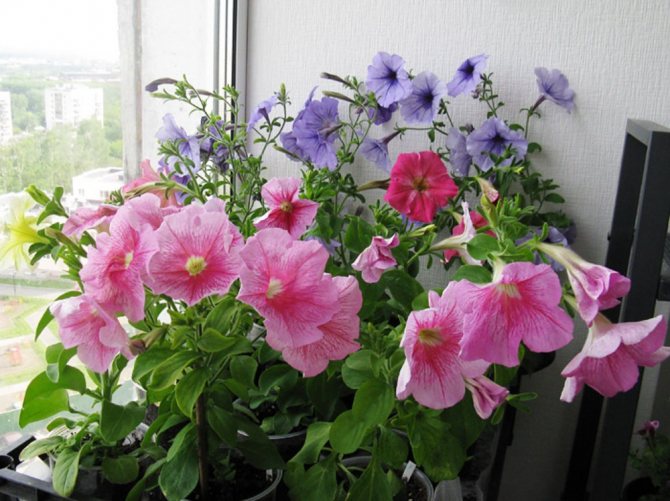

For the windowsill, bush petunia is better suited.
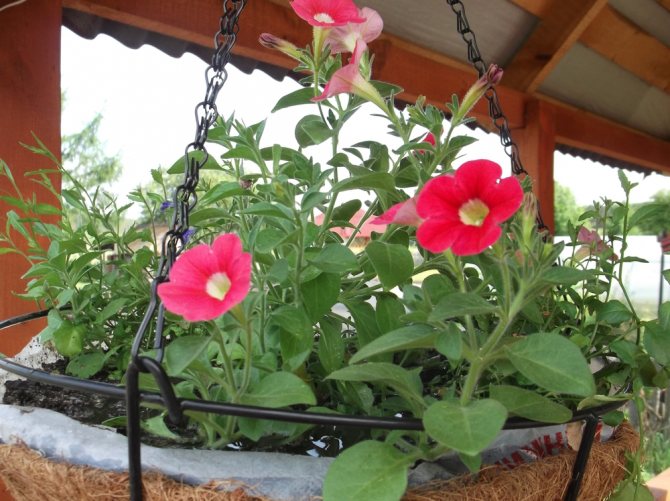

Ampelous petunia is grown in pots.
The choice will depend on several factors:
- Pot locations... Bushy plants are more suitable for window sills, and ampelous for flower slides, stands and pots. It is worth paying attention to the dwarf varieties. With a very miniature size, they delight with huge flowers.
- Desired flowering period... Indoors, it makes sense to plant those varieties that are characterized by continuous flowering. As a rule, these include new F1 hybrids.
It is important to remember that petunia is not able to pick up all the buds 12 months a year... From mid-November to mid-January (or February - as the case may be) she has a "vacation". During this time, the plant is gaining strength for the next growing cycle.
The only way to make a petunia bloom "after hours"- sow seeds for 70-80 days before the desired budding date.
Preparing seedling containers
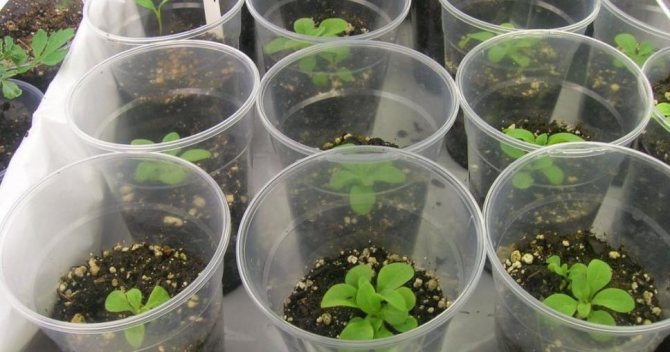

Before growing petunia, you need to prepare containers with holes for drainage. Stagnation of water has a very detrimental effect on plants. Before planting the seeds, the soil mixture must be abundantly moistened and wait until the water is well absorbed into the soil and it settles. A little potassium permanganate can be dissolved in water to disinfect the soil. Seeds are evenly spread over the ground, without deepening and without sprinkling with earth. For some time, crops should not be watered so that the seeds are not washed away or pulled into the depths of the earth. The container with the landing should be covered with transparent polyethylene or glass and placed in a warm (22-23 degrees), well-lit place.
If you still do not have enough experience and knowledge on how to grow petunia from seeds at home, remember: it is very important to maintain a moisture balance. To do this, a couple of times a day, you need to open crops for a short time, so that drops of condensation do not form on the coating and do not dilute excessive dampness. The soil should remain moderately moist, but not wet. When dry, you can spray it. If the conditions are perfect, then you will get seedlings in a week, but most often this happens after 10 days or two weeks.
Sowing petunia seeds
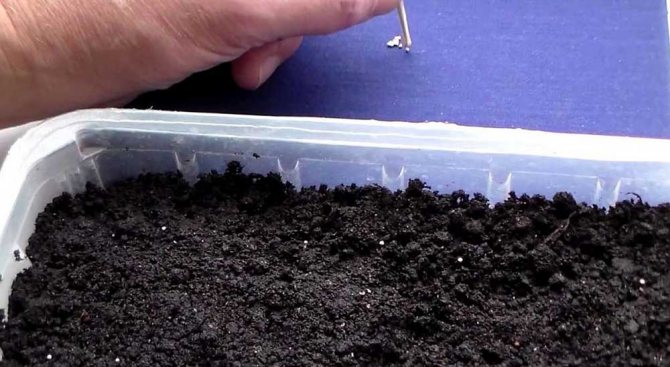

Let's start with the capacity. It is best to take a transparent container with a lid or a container from a cake. Be sure to make holes in the bottom so that the water does not stagnate.The easiest way to kill petunia seedlings is to flood them with water. She will die from the black leg.
When the holes are made, fill up the soil, press it a little and moisten it. The seeds of petunias are extremely small. In order to distribute them evenly, you can sow with a toothpick! We moisten the tip of a toothpick in water, take one seed (it sticks) and put it on the ground. You can make grooves in the ground and sow seeds along them. Distance of about 0.5 cm between seeds.
Landing time
Those who are fired up with the idea of having petunias in the house or in the garden will be interested in learning how to grow a petunia from seeds. This knowledge will be useful for both indoor and garden options. Moreover, the seeds are on sale in a not too rich assortment. Therefore, to grow beautiful hybrids, you need to ask for seeds from familiar florists, whose specimens impressed you, and start growing sprouts in an apartment. How to properly grow petunia from seeds at home?
First you need to decide on the landing date. Most often, mid-March is taken as the starting point, when the daylight hours are already long enough for the petunia shoots to develop correctly. And here variations are possible:
- if the windowsill is located on the south side, then you can plant seeds at the very beginning of March;
- if there is a good stationary illumination, you can land at the end of February;
- with the northern arrangement of the windows, the best time for planting is from late March to early April.
It should be noted that if sowing too early, the plants will turn out frail and weak. If you delay the planting time, then they will be quite healthy and viable, only their flowering will be a little belated. As a container for seedlings, you can use shallow wide containers - boxes, plastic boxes, mayonnaise plastic containers. Fill the container with a mixture of earth and pour boiling water over it to destroy the parasites. After the soil has cooled, after 15-20 minutes, you can plant the seeds in the ground.


When to sow petunias for seedlings in 2020 according to the lunar calendar
For flowers, the dates of the growing moon are selected, this position of the satellite contributes to the active development of green mass and the normal formation of buds in the future. The best periods for planting petunias on seedlings correspond to finding a satellite in the constellations of Aquarius, Gemini, Capricorn, Pisces and Taurus.


Any work is abandoned on the days of the full moon and new moon, including the next 12 hours before and after these phases. With the waning moon, it is undesirable to sow, dive, transplant and pinch petunias, only feeding and watering are permissible.
| Month | Best days to sow | You can plant and dive | Can't sow and plant |
| February | 1–4, 6, 10–11, 16–18, 25 | 5, 7–8, 12–15, 19–20, 24, 28–29 | 9, 21–23, 26–27 |
| March | 3–5, 27–28 | 6, 9, 11, 13, 17–18, 25–26, 29–30 | 1–2, 7–8, 10, 12, 14–16, 19–24, 31 |
| April | 1–2, 7–8, 14, 24, 28 | 6, 10, 23, 25–27, 29–30 | 3–5, 9, 11–13, 15, 16–22 |
Attention!
When choosing a date for sowing, take into account the days that it will take to prepare the seeds (disinfection, soaking). Preparatory work is carried out on the eve of the designated day.
In warm areas, or if you plan to plant petunias in a greenhouse, as well as for forcing flowers for spring holidays, sowing begins in January. During the short daylight period, young, immature plants require mandatory illumination. In the first month of the new year, 2020, you can plant and dive a flower on the 11th, 14th, 17th and 18th. It is better to refuse sowing and other work with the plant on January 6 and 21.
Growing elite varieties from seeds
How to grow petunia from the seeds of elite varieties? To improve their germination, the seeds are treated with useful substances that surround the seed with a special shell in the form of a granule. With this treatment, the seed becomes slightly larger in size and is easier to plant, keeping a certain distance between individual crops. But in order for such a granular seed to be able to better break through and sprout, you need to moisten it with water. So, when planting such seeds in a soil mixture, they need to be moistened from a spray bottle.
But sometimes too strong a granule comes across, which does not dissolve with water. And then how to grow petunia at home if the sprout cannot break through the walls of the granule? In this case, you need to come to the rescue of the flower and try to crush the granule with a toothpick so that the seed can develop freely. Then the pots with crops need to be covered with glass or transparent film to create a greenhouse effect. There is no need to water the crops, there is enough moisture inside, and the germination rate with this technology is close to 100%. Grow seedlings at 23-26 degrees on a bright, well-lit windowsill. In a few days (3-4) the first shoots will begin.
How and with what water to water seedlings
It is imperative to properly water the petunia seedlings. This must be done in a timely manner, following simple rules:
- It is forbidden to water with a watering can. For soil irrigation, it is best to use a fine dispersion spray bottle. Waterlogging of the soil is fraught with the appearance of a "black leg" - a disease in which the stem rotting from below occurs and the seedlings die immediately. Dry soil is also detrimental to young petunias.
- The best irrigation option is to pour water from the bottom into the sump.
- Use soft water without chlorine. To do this, tap water needs to stand for a day, and just before watering, add a few drops of lemon juice.
- Do not pour cold water, it should be at room temperature.
- In bright sunlight, the sprouts are recommended to be watered in the evening, since growth is activated at night.
Dive seedlings
How to grow petunia seedlings from seeds? The growing process is not yet completed on pecking leaves. When the first young leaves appeared, the temperature regime can be reduced to 18-20 degrees. This is achieved by bringing the container with the sprout closer to the glass of the window. This operation teaches the plant to do with Spartan conditions instead of hothouse conditions, which, of course, strengthens it and mobilizes it to fight for its survival. The greenhouse must be ventilated, each time increasing the time spent without a warm shelter. You should start with a few minutes (2-3), gradually adding several minutes every day.
When the first sprout appears, the petunia already has a couple of cotyledon leaves. All useful substances are concentrated in them, so the attitude towards them should be the most careful. When 2-3 pairs of leaves come out, except for the cotyledons, you need to pick. Diving involves planting sprouts in individual containers and shortening the central root, due to which the root system expands more widely and becomes very powerful and viable. Usually, when transplanting into other containers, diving of the roots is not done, postponing this procedure to a later time, when the seedlings will be planted in open ground.
And find new and not lose the old
To plant petunias at home, you don't have to bother growing seedlings or buying new plants.
If this flower is already growing in the yard in a hanging planter, it can be brought into the room in the fall. They do this when at night the temperature drops to + 2 ° C... Do the same with plants that are in the open field. They are dug up together with a clod of earth and planted in a container of a suitable size.


An interesting idea is planting in a basket.


We lay a mesh or non-woven material, fill in drainage.
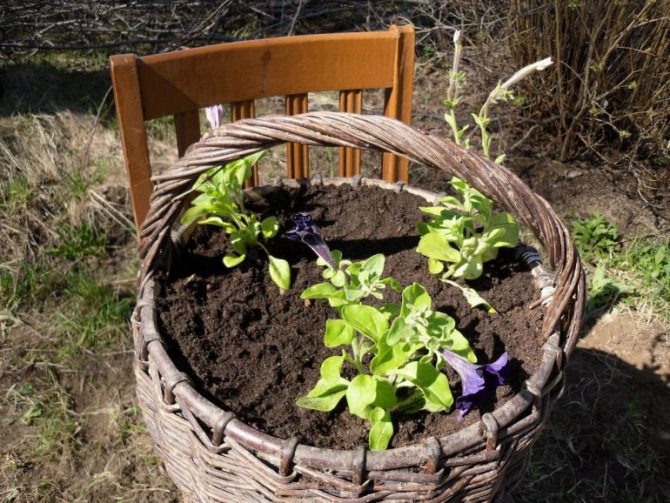

We fill with nutritious soil and plant petunias.
Indoors, petunias will continue to bloom until a dormant period begins.
- Another option is to cut cuttings from street plants in the middle of summer and root in peat tablets or cups with soil.
- Flowers with stems used for cuttings, should be removed.
Hardening of petunia seedlings
Further, it is necessary to harden, first taking out containers with seedlings for 10-15 minutes in a colder room (balcony, cellar, glazed terrace), where the air temperature is no more than fifteen degrees. Continuously add the walking time and finish the hardening by permanently staying in these temperature conditions. A week after the dive, petunia needs to be fed. For this, complex fertilizers with a predominance of potassium and phosphorus are used. Nitrogen can be applied later - when the leaf begins to actively grow.
Can I grow a plant at home?
Can this plant be grown indoors? Yes, but it's more difficult than just in the ground.
Note! Most importantly, the soil in the growing container should be light and water-absorbing.
Therefore, great attention must be paid to the soil. To do this, it will be enough to mix simple garden soil with purchased soil on a peat base. You can also plant in purchased soil, but after adding a hydrogel to it. The hydrogel must be prepared in advance. It should also be taken into account that such a substrate retains moisture for quite a long time and you need to be extremely careful with watering the plant. Water only as it dries, especially a recently planted plant.
Growing petunias in a pot or container also implies the correct selection of the container itself for growing. Shrub and terry petunias need 3 liters of land per plant. This means that 3 plants can be planted in a ten-liter container. Large containers retain moisture longer, so it is best to plant multiple plants in one large container. But ampelous, cascading petunias and sufinias need 5 liters per plant.
There must be holes in the container for excess moisture to drain out. If you choose the wrong container, then you can achieve beauty, but not for long. Petunias will first thrive, and then they will survive in such conditions. And they will not delight you with long and lush lashes and abundant flowering.
It is important to pick off the faded flowers from the plant. Secrets of growing petunias:
- Seat selection - it should be a well-lit place with slight blackouts.
- The soil - both ordinary garden and specially prepared using purchased peat-based soil, with the addition of hydrogel, turf, coarse sand.
- Watering and feeding - water every day, especially if you see that the top lump is dry. Best watered in the morning and evening. Petunia does not like stagnant moisture, so take care of good drainage. Feed regularly with mineral fertilizers. The main thing is that it contains potassium and phosphorus - they are responsible for the development of flower buds.
Pinching petunia seedlings before planting
Pinching is a very important procedure that affects the appearance of the future bush. Whether it is lush and well-branched or unkempt depends on how you pinch. For this, the central shoot of petunia must be pinned at the level of 4-5 leaves, namely, pinch off its growth point. New branches will grow from the axils of the leaves remaining on the stem, which will make the bushes fluffy and voluminous. And the more branches there are on the bush, the more flowers there will be.
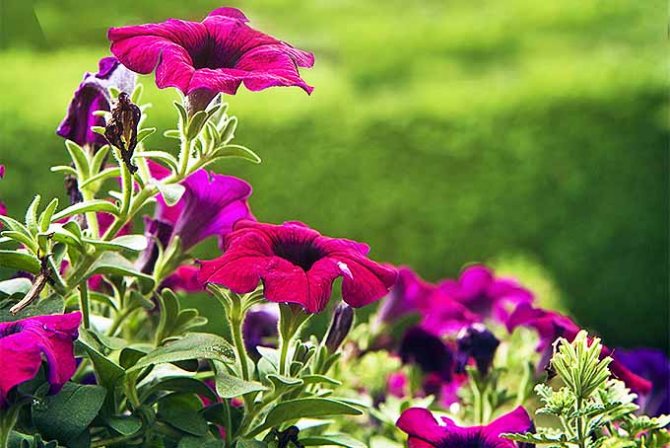

After passing through all these stages, the seedlings are completely ready for planting in the soil of the flower bed or in the container where it will now reside permanently. Before planting, the soil is well loosened, humus and mature compost are laid. Saplings are placed 20-30 cm apart, well watered and mulch the soil around.
How to propagate petunia
Many people prefer petunias, but not everyone knows how to decorate their flower beds or balconies with this beautiful plant. Many people buy ready-made seedlings. But you can grow seedlings yourself. Almost all varieties and species can be propagated by seed. In addition, the flower reproduces remarkably by cuttings - you just need to preserve the mother plant.Saplings from cuttings grow faster and begin flowering. But planting material grown from seeds is more hardy and blooms much more abundantly.
Features of care for blooming petunia
When petunias grow, they no longer need close care, but some care is still required to improve their decorative qualities. To ensure abundant flowering, petunia should be fed with complex fertilizer after 7-10 days. In this case, the predominant element should be potassium. This is especially important for potted indoor plants, in which the soil is quickly depleted and no longer contains the required amount of nutrients.


For the splendor of the bush, it is necessary to cut too long shoots, and in order for new buds to knit more actively, you need to regularly remove dried flowers. In addition, regular watering and loosening of the soil should be ensured to enrich it with oxygen. But these actions are absolutely not burdensome, but rather pleasant, because as a result you will see a beautiful well-groomed plant, which, in gratitude for your attention, will delight you with lush flowering and a riot of various colors and shades.
Problems, diseases and pests
Sometimes you may encounter a problem such as yellowing or drying of petunias. If you do not follow the rules of care, the plant can get sick:
They need to be dealt with with special drugs. But it is easier to prevent them from appearing with proper care. If these rules are not followed, then in addition to these diseases, petunia can be affected by viral diseases. There is no cure for them - your plant will die. Of the pests, spider mites, aphids, slugs and thrips are dangerous.
Follow the simple rules for caring for petunias, then you do not have to worry about the health and beauty of your plant. It will always delight you with beautiful flowering.
If you find an error, please select a piece of text and press Ctrl + Enter.


Heading: petunia. Asks: Margarita. Essence of the question: what kind of land does petunia love?
“I always plant petunias outdoors in the ground and in hanging pots. But there they bloom in summer, and I would like to admire their flowers all year round. Can petunia be grown as a houseplant? "
Care
Lighting
How many petunia blooms on the site? As a rule, all summer long, if placed in a well-lit area. therefore to plant them, it is necessary to choose open areas where the shadow is present for no more than 1/3 of day... Do not plant flowers under a facade or under a canopy of wide trees.
Fertilizers
Since petunias show abundant flowering from late spring to mid-autumn, for full growth and development, they need a certain amount of liquid fertilizers, which are applied to the soil during watering. In spring and autumn, petunias can be fed with granular, slow-acting mineral fertilizers. If it is not possible to purchase special chemical solutions, organic fertilizers diluted with water (fresh manure) can be used. Watering with organic fertilizers is carried out no more than once every 2 months.
Watering
Petunias need regular moisture because their small roots dry out quickly. If the flowers are in soil rich in organic matter, they can be watered once every 3-5 days. If the soil is sandy, watering should be done daily. In containers and indoor pots, watering is carried out as the earth dries up to a depth of 2-3 cm.
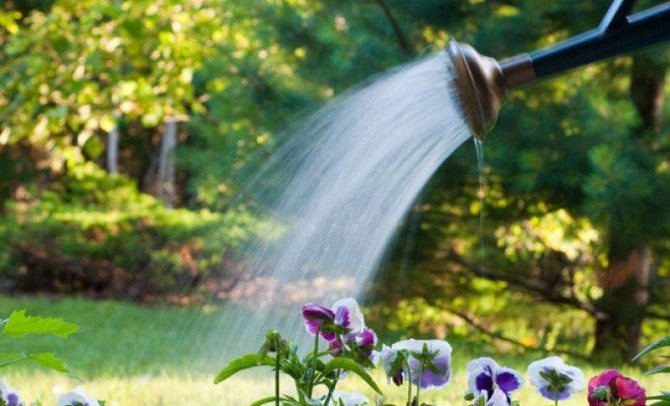

Preparing for winter
Perennial varieties can survive the winter quite calmly in temperate latitudes. To do this, in late autumn, apply a small layer (5-8 cm) of mulch to the soil around the bushes. Use shredded leaves, dried grass, straw, wood shavings or bark for insulation. Organic mulch will additionally suppress the growth of weeds in the spring and retain the required amount of moisture for the entire wintering period, preventing the soil from freezing deep enough. Towards the beginning of summer, part of the mulch layer can be removed, the remaining layer can be mixed with the soil.
Pruning
After the end of the summer season, the petunia flowers must be pruned. Long single stems should also be trimmed flush with the main bush, as long shoots will not have enough flowers. If you notice that the plant blooms worse than usual, especially in the second or third year, it is necessary to cut the bush by half the height in April-May. This will provoke new growth and bud set.
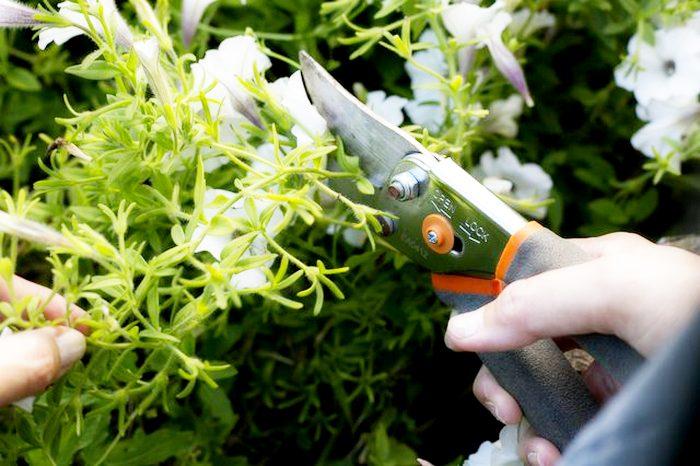

Do I need to pinch and prune plants
To form a beautiful bush, a method such as pinching is used. When and how is it used?
When the main shoot grows very quickly on the seedling and does not allow lateral shoots to develop, then the main trunk of the plant is pinched for uniform development. Two - three, or even four leaves are removed in the place where the so-called "growth point" is located. It is either pinched by hands, or cut off with scissors.
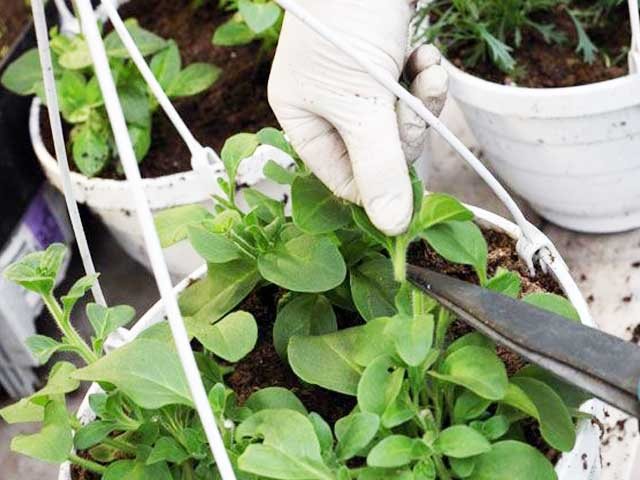

As a result of this procedure, new shoots will be formed from the axils of each leaf. And also the lateral shoots that have already appeared will grow more actively. Subsequently, each of them can also be pinched. In this case, the formed bush will not look like a long single lash, but will turn out to be lush. And the main bonus will be that it will have a lot more flowers.
Pruning can also be done for the plant. It is needed when one or several of the lateral shoots are ahead of others in growth. This happens when the plant does not have enough sunlight, and only the shoot that receives it most grows. In this case, they are simply cut off and trimmed with the rest, counting approximately by the number of leaves.
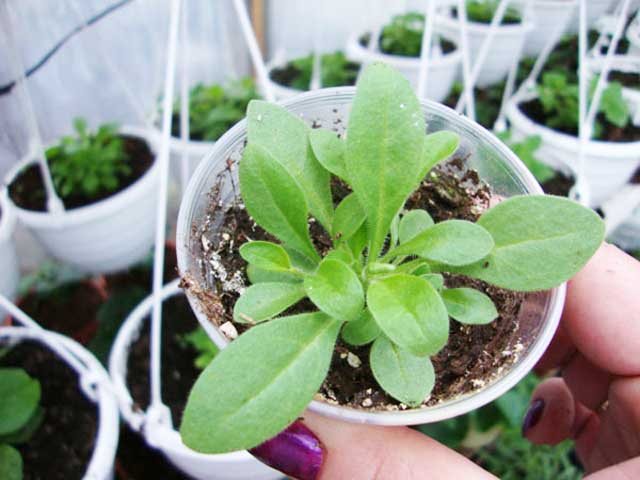

However, pinching is not always necessary. If the plant forms evenly, and along with the main shoot, the lateral ones develop well, then in this case, let the plant grow further on its own.
In what soil (substrate) to plant
The soil for planting petunia seedlings can be purchased at the store or prepared by yourself. If the latter option is chosen, then you need to know which land is best to plant.
To prepare a suitable substrate, you need:
- take a sod or leafy substrate;
- dilute with river sand;
- add a small amount of rotted humus and crushed peat;
- mix everything and add coconut soil.
Important! The soil for planting petunia seedlings should be loose, nutritious, and most importantly, not acidic. If the last point does not meet the requirements (the soil is too acidic), then it is recommended to add wood ash (or another deoxidizer) to the prepared soil.
After kneading, the prepared soil substrate should be well steamed in the oven. This will get rid of possible fungal bacteria or spores in the soil. The last procedure is to disinfect the ground for petunia with a weak solution of potassium permanganate, or even better phytosporin.
How to land on the snow
Little known, but quite an interesting and effective way to get strong seedlings: plant petunia "in the snow". Would need:
- pre-prepared container, cassette;
- soil mixture that you prepared yourself;
- 5 cm snow for each container.
The sequence is similar: earth, snow, seeds are scattered on top. It is not worth laying very close to each other. If the seeds lie nearby, thin them out with a toothpick. The principle of the method is as follows: the snow gradually melts.
At the same time as the soil is impregnated, the melted snow draws in the seed to the required depth. Germination will be successful and fast. This is how petunia goes through stratification, and this is definitely a positive moment.
Group of ampelous petunias
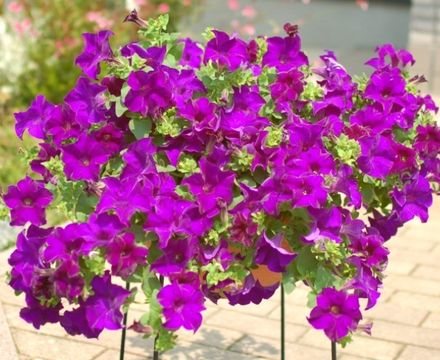

From previous groups ampel ptune differ in the form of growth. Their shoots spread along the ground or will hang from a height, reaching a length of 80-100 cm. Along the entire length, the stems of ampelous petunias bloom magnificently, expanding. One plant can fill a small flower basket or a void in a flower garden. But for such a lush growth, ampelous petunias need special conditions - constantly warm weather, sufficient lighting, high-quality soil and careful care.
A special hybrid can be distinguished from ampel petunias - petunia surfiniya (Surfinia). These plants are distinguished by vigorous growth, their shoots can reach a length of two meters, which are completely covered with large bright flowers. Ampel plants with long hanging shoots are suitable for planting in flowerpots on high stands, in hanging baskets and boxes.
Pre-collection of seeds
Collecting petunia seeds begins with the fact that you need to spot the lower buds when the petunia blooms. The boxes ripen for about four months. To properly collect the seeds and not miss the time when the box bursts, put bags on the boxes.
Is it possible to collect seeds of terry petunia, because these plants have very few of them. To get seeds from terry varieties and prepare them, first pick up the buds from the bottom of the bush, tie the stems with ribbons of bright color.
Further, you can collect petunia seeds in two ways:
- If you decide to leave the pods to ripen on the plant, then wait 4 months. Put bags made of fabric, nylon on the boxes. When the flower seeds fall into the bags, you can collect the seeds directly from the bags. Then dry the seeds thoroughly in the air, then they will have the best germination.
- But you can also pick unripe bolls. Tear them off the peduncles and put the collected boxes on a cloth or paper, place under the rays of the sun. Then collect the seeds after the pods burst.
The resulting seeds are stored until sowing. To store your petunia seeds, place them in small paper bags and place in a dry room. You can get more information from the video below:
Common mistakes
In fact, petunia care is not difficult. For a simplified form and regularity of all manipulations, a care calendar is prepared in advance.
But the most common mistake when planting petunias is pressing the seeds into the ground. So the seed dies immediately. Reason: poor air passes, and a young plant is not able to break through the ground. Seed material simply disappears.
If the leaves turn yellow, curl or the seedlings wither - a pointer to improper plant care. It can be not only watering or lack of lighting. An oversupply of fertilizers, frequent application of mixtures also harm petunias.
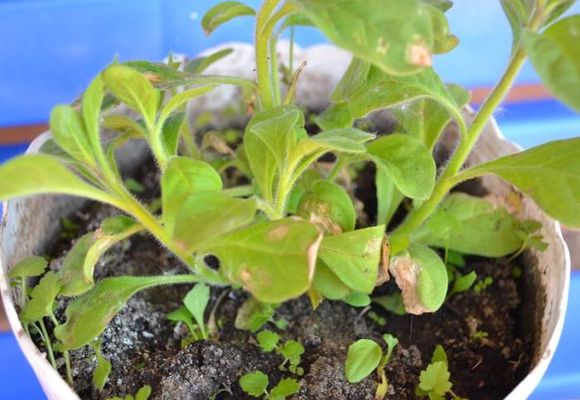

Timing and feeding of plants
When we dived seedlings, and each plant acquired its own house, you can think about real feeding. During this period, leaf growth is especially important. Through them, more sunlight enters the plant itself and the roots, and more nutrients are carried along with it.
Therefore, at this stage, of course, vitamins and nitrogenous fertilizers are needed, as well as small additions of phosphorus and potassium. If you visit any store from the category "Garden, vegetable garden", then there you can find a huge number of drugs needed in this direction. You can purchase such a complex fertilizer as Florin and water the plants with them in accordance with the instructions on the package, namely 1 ml per 1 liter of water.
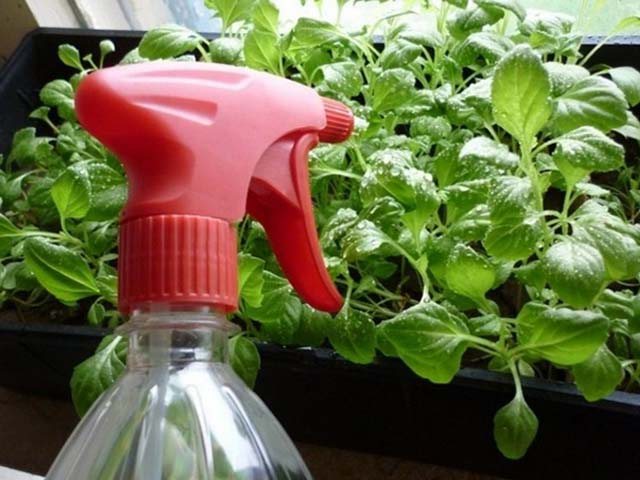

Or use such drugs as "Uniflor", "Ideal" and others. And if you do not find either one or the other, then ask for help from a sales consultant who will advise you on the necessary fertilizer in this class.
Water the plants sparingly. Remember that excessive watering can lead to disease in seedlings.
After a week, dilute the solution again, but in an even lower concentration, and spray the plants with it from above.
When the leaves grow, it is worth feeding the roots.And for this we already need phosphate fertilizers. And potassium is responsible for flowering, therefore, when the flower enters the flowering phase, it is necessary to feed with its use.


Agricola or Kemira Lux, or other similar fertilizers, which are currently sold in sufficient quantities, are suitable for this.
What to do for lush bloom
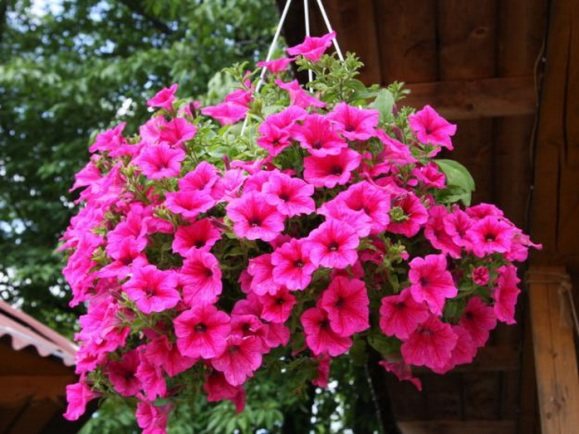

Experienced flower growers achieve lush flowering from their favorites. Beginning florists can do this too. The tricks are simple:
- pinching of the central stem of seedlings;
- pinching the tops of the lateral shoots;
- regular watering;
- removal of wilted flowers;
- top dressing.
Top dressing is a key condition for lush flowering, without fertilization, the shoots will be thin, and the flowering is not plentiful.
Petunia plant species
The countless garden varieties of petunias can be roughly divided into two large groups:
- Compact vertical - most often planted in the garden, the stem height does not exceed 20-25 cm.
- Sprawling, creeping - used for growing in containers on balconies and in pots. The length of the creeping shoot of one individual can reach 50 cm.


The most popular varieties of petunias:
- "African Sunset" - the most famous and popular variety in the world, awarded by Selections, characterized by bright orange flowers on a rather powerful stem, reaching 35 cm in height, a bush in a diameter of about 1 meter.
- "Crazytunia Black Mamba" - a very effective decorative type of petunia with rich black flowers.
- "Crazytunia Cherry Cheesecake" Is a compact plant ideal for growing in containers. It is a small, delightful swirl of red and white flowers.
- "Crazytunia Razzmatazz" - gorgeous burgundy purple flowers with pink and yellow stars in the center. Reaches 30 cm in height, no more than 40 cm in width.
- "Crazytunia Red Blues" - one of the brightest red petunias, which is most often grown in hanging containers or on window sills in pots. Compact houseplants love moisture and grow not only in the sun, but also in the shade.
- "Light Wave" - this creeping petunia has velvety flowers of a rich shade, smoothly moving from blue to dark purple towards the center of the bud. It grows very quickly, the stems reach 50-60 cm in length.
- Easy Wave Pink Passion Is a very energetic variety that is ideal for adding vibrant colors to the backyard. Soft pink flowers are accentuated by a deeper shade of pink in the center.
- Easy Wave White - the simplest in terms of growing petunia, "White Wave" has bright white flowers, most often planted along curbs and fences, less often in containers.
- "Hell Fruit Punch" - one of the brightest colored petunias with intensely saturated orange-pink flowers that delight the eye throughout the summer. The bushes are very small, no more than 25 cm in diameter, the stem rarely rises above 20 cm.
- Littletunia Indigo - small or dwarf petunia, produces a huge amount of purple-blue flowers that become very bright and saturated after a summer rain. / Li>
- "Littletunia Red Fire" - red fire is another dwarf variety, rarely reaching 15 cm in height. The small buds are bright red in color.
- "Lunnaya Bay" - A stunning variety of "Moonlight Bay" petunias with rich, vibrant and intense purple flowers, which sometimes have a creamy green hue along the outline. It is grown exclusively as a houseplant.


Cheesecake Crazytunia Cherry
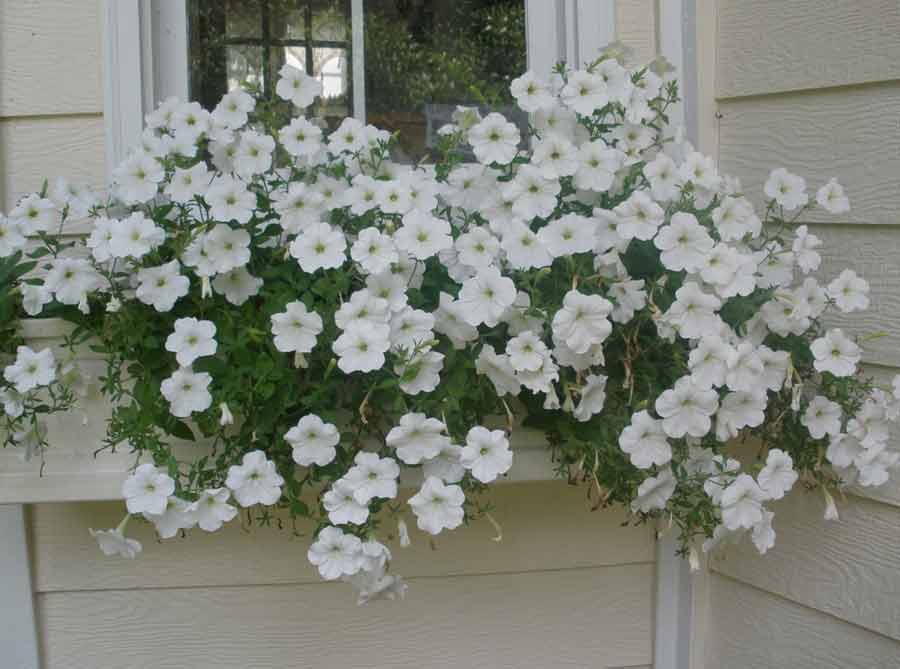

Easy wave white
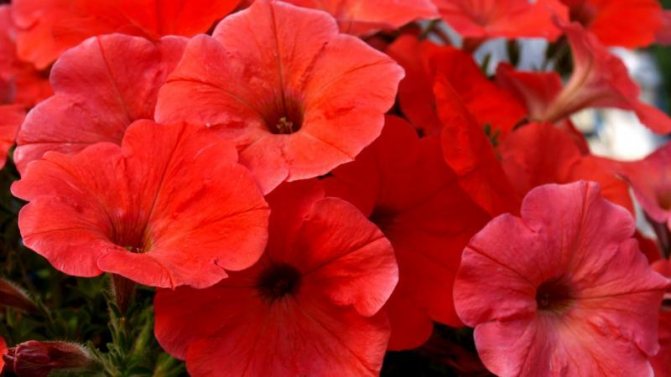

Littletunia red fire
Petunia in indoor conditions
Growing a petunia as an indoor flower is fraught with several difficulties. To make her feel comfortable indoors, you need to provide:
- Good illumination ... However, even a very light room from the point of view of a person will be too dark for this plant. The problem is aggravated in autumn and winter, when the duration of daylight hours is significantly reduced, and the weather is mostly cloudy. In such conditions, petunia will have to artificially illuminate, otherwise it will not release flower stalks.
- High air humidity ... In cold weather, in almost all houses, humidity is reduced to a critical minimum. Heating devices dry the air, but a humidifier is not in every home and not in every room. With insufficient moisture, petunia begins to hurt - powdery mildew and spider mites can even kill it if the treatment is not carried out in time fungicides and acaricides... In addition, there is a risk that the plant will simply dry out.
Depending on the microclimate in the apartment, similar problems can be encountered in spring or summer. If the room where the petunia is kept is shaded, supplementary lighting is indispensable throughout the growing season.
The most beautiful balcony - expert advice
Varieties with short stems (multi-flowered, miniature) should be pinched over the fourth or fifth leaf. In this case, the tillering of the seedling will be dense, and the flowering will be abundant.
From long-stemmed varieties of petunias, which include Fortunia, Minitunia, Surfinia, decorative curtains can be created: they descend more than 1 meter from hanging containers.
When the flower pots are placed on a suspended mini-balcony, it is best to place them on a sheet of styrofoam to protect them from hypothermia at night. The outside of the planting pots should be covered with plastic panels so that the roots do not overheat when exposed to direct sunlight.
The last tip is about safety: when placing the pots on the balcony, make sure they are well fenced or anchored. The magnificent legendary flower should not be allowed to fall on anyone's head.
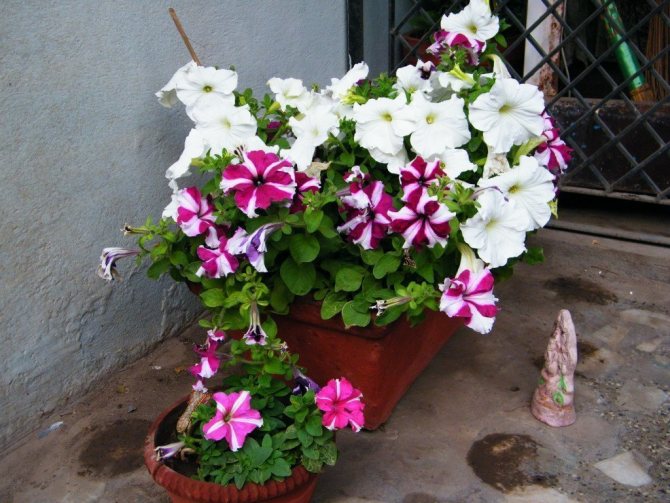

Choosing seeds
It is unusual for many growers to work with petunia seeds due to the fact that they are too small. There is an alternative option - pelleted seeds, which, due to appropriate processing, increase in size. It is more convenient to work with them, however, appropriate care is required for the coated planting material.


Petunia seeds
Water these seeds more frequently than untreated seeds. Otherwise, the seed coat will not dissolve completely and will prevent the emergence of seedlings. Otherwise, keep in mind that not all seeds sold on the market today are of good quality by default. You should focus on trusted manufacturers and not be tempted by cheap options.


